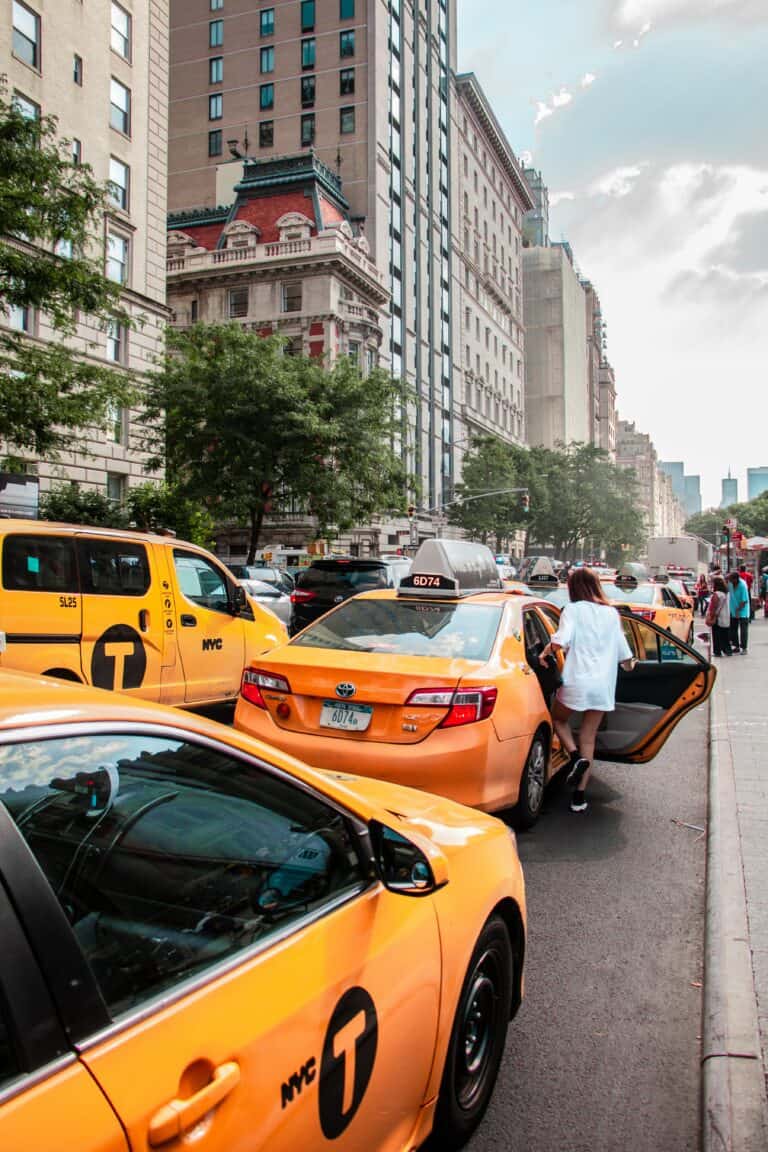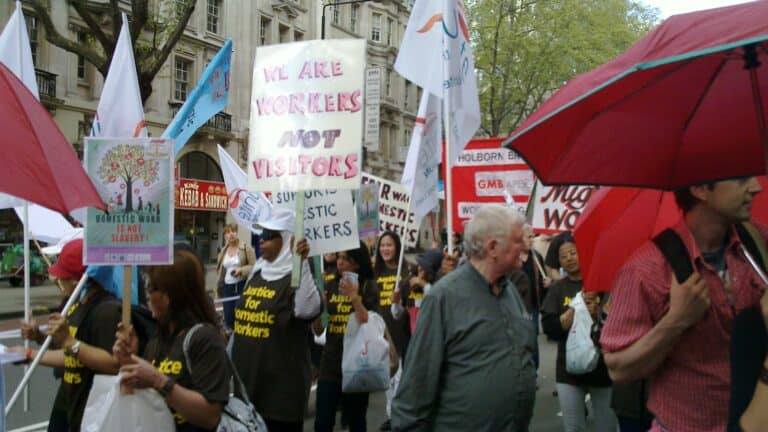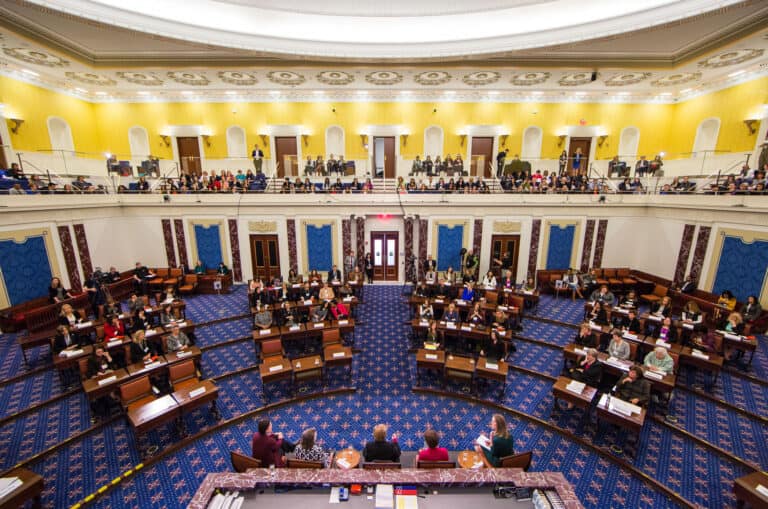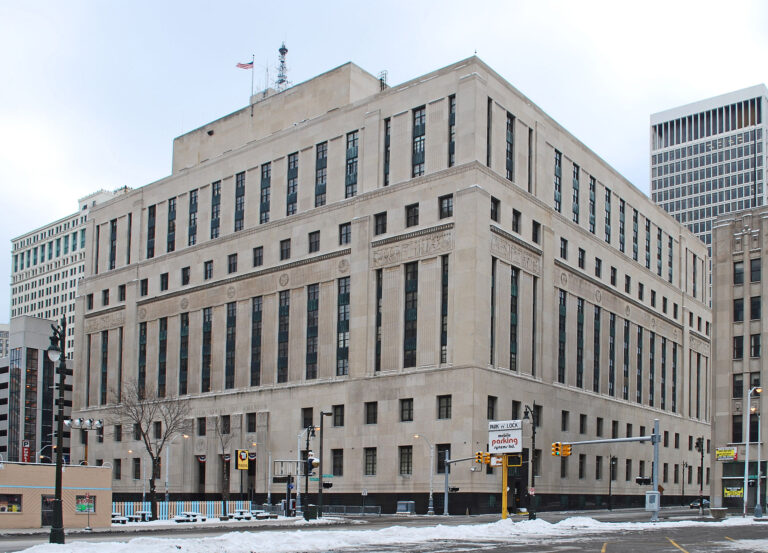Hannah Finnie is a student at Harvard Law School and a member of the Labor and Employment Lab.
Meghan Markle, an American actress who married Prince Harry, highlighted in a recent interview with Oprah how being part of SAG-AFTRA, a union that represents people in the entertainment industry, gave her somewhere to turn for help – a resource she lacked when she went on to work for the royal family. Now, SAG-AFTRA is expanding the pool of people who can turn to it for help by allowing influencers to become eligible for SAG-AFTRA coverage.
How It Works
What is an influencer? Colloquially, it’s someone who’s able to reach and then influence large audiences on social media. They typically have large follower counts on social media and often enter into sponsorship agreements with brands where they’re paid to promote products on their social media. A lot of people who gained fame off social media, like actors and actresses, can also be influencers if they’ve translated their fame into social media reach.
And that’s how this expansion first came about: SAG-AFTRA realized that a lot of its existing members – people in entertainment – were being offered social media sponsorship deals. But because that wasn’t considered “covered work” under SAG-AFTRA’s then-standards, the sponsorship deals couldn’t count towards the members’ covered work. Under this new agreement, SAG-AFTRA both expands “covered work” to include sponsorship deals so that existing members like actors can now get sponsorship work covered and extends SAG-AFTRA eligibility to influencers who wouldn’t have previously been eligible because they do not do traditional entertainment work.
SAG-AFTRA’s president Gabrielle Carteris told me she believes this agreement is a win for the union: “Covering this work is vital to our union’s future as we continue to embrace new forms of self-expression through current and future mediums, and we recognize the need to be nimble for the next generation of performers while providing protections that allow for true autonomy.”
The influencer agreement’s structure parallels SAG-AFTRA’s approach to traditional film industry work. Anyone who enters into a contract with a brand for sponsored content is eligible (there aren’t any minimum follower count requirements). After the influencer negotiates a contract with a brand, they’ll submit it to SAG-AFTRA and then, assuming it’s approved, they’ll also be in a contract with SAG-AFTRA (but SAG-AFTRA won’t be in a contractual relationship with the brand). The influencers will spend a portion of their earnings on SAG-AFTRA’s health care and pension minimums. Just like for traditional film industry workers in SAG-AFTRA, influencers get access to health care and pension benefits once they hit a certain threshold.
The other model is if an influencer is working with a brand or agency that already has a contractual relationship with SAG-AFTRA, in which case the influencer will go through a waiver process instead of the influencer agreement. The key difference between the regular influencer agreement and the waiver process is that in the waiver process, SAG-AFTRA will have a contractual relationship with the brand itself, and therefore may have more legal remedies it can flex if needed.
What Unions Mean For Influencers
While some might think influencers are largely wealthy people who don’t need union protection, that’s often not the case. Many influencers work two or three jobs to get by. Moreover, since influencing work is freelance, influencers – like all gig workers in the U.S. – have even fewer protections than other types of workers. So how can unions solve influencers’ problems?
One problem that influencers – like all freelancers – consistently face is not being paid what they’re owed. One study from the Freelancers Union found that 70% of freelancers will have trouble getting paid at some point in their careers. How could unions help? Under the influencer agreement, SAG-AFTRA may not be able to do much since they’re not directly contracted with the brand that hasn’t paid the influencer. SAG-AFTRA may be able to do more, however, if the influencer has instead gone the waiver route, possibly up to filing a claim on the unpaid workers’ behalf. And of course, outside of legal action, having an organized body of influencers could lead to solidarity actions like agreeing to not work with brands if another SAG-AFTRA-covered influencer isn’t being paid.
Pay disparity is also rife within the industry. Because influencers often operate on their own, it’s difficult to discover inequalities, let alone act on them. These disparities play out on gender and racial lines: Women make up 77% of influencers but earn on average $108 (or 23%) less than men do for posts. Influencers of color have also detailed their experiences getting paid less than white influencers, and one Instagram account is building salary transparency by having influencers anonymously share rates.
So where could a union come in? While SAG-AFTRA hasn’t announced any concrete plans to address wage gaps, a union could collect and aggregate data from its members on average rates and then distribute them back out to its membership, ensuring they know what they’re worth the next time they negotiate a deal.
And finally, there’s access to health care and a pension. In a country where access to affordable health care and a pension is rare, getting access to both of these is likely the influencer agreement’s biggest draw.
What Influencers Mean For Unions
Unions could change the game for influencers – but how might influencers change the game for unions?
First there’s the obvious: influencers influence people. Giving union benefits to an entire class of workers whose job is to communicate and influence people likely means that as more influencers unionize, unions will become more visible to the American populace. This could lead to more spur-of-the-moment talk about unions in high-profile settings like Meghan Markle’s conversation with Oprah. As the likelihood of Americans to be a member of or be close friends or family with someone in a union has declined in recent decades, awareness around how unions work is likely helpful to unions. Influencers may also spread union awareness and likelihood to unionize to other industries since they frequently pivot into other work.
Second, influencers unionizing could also be broadly helpful for providing a model for how labor can absorb gig workers, who make up more than one-third of U.S. workers and are traditionally non-union. On the other hand, the film industry, which also largely consists of gig workers and is heavily unionized by SAG-AFTRA, doesn’t seem to have had an effect on helping other gig workers become unionized – except for influencers, an industry that was already colliding with entertainment.
Finally, influencers’ unionization could be a part of a larger trend of young people both supporting unions at higher rates than other age groups and being one of the few demographics in the U.S. to be increasing in union density. The vast majority of influencers are young people. Though data is limited, one study of Instagram influencers found that 88% of sponsored posts on Instagram were by influencers 34 or younger. Assuming the demographics of influencers somewhat correlates with the influencers who choose to join SAG-AFTRA, influencers unionizing will likely only perpetuate the trend of increasing union membership among young people – and, hopefully, increasing support for unions.










Daily News & Commentary
Start your day with our roundup of the latest labor developments. See all
December 11
In today’s News and Commentary, Biden’s NLRB pick heads to Senate vote, DOL settles a farmworker lawsuit, and a federal judge blocks Albertsons-Kroger merger. Democrats have moved to expedite re-confirmation proceedings for NLRB Chair Lauren McFerran, which would grant her another five years on the Board. If the Democrats succeed in finding 50 Senate votes […]
December 10
In today’s News and Commentary, advocacy groups lay out demands for Lori Chavez-DeRemer at DOL, a German union leader calls for ending the country’s debt brake, Teamsters give Amazon a deadline to agree to bargaining dates, and graduates of coding bootcamps face a labor market reshaped by the rise of AI. Worker advocacy groups have […]
December 9
Teamsters file charges against Costco; a sanitation contractor is fined child labor law violations, and workers give VW an ultimatum ahead of the latest negotiation attempts
December 8
Massachusetts rideshare drivers prepare to unionize; Starbucks and Nestlé supply chains use child labor, report says.
December 6
In today’s news and commentary, DOL attempts to abolish subminimum wage for workers with disabilities, AFGE reaches remote work agreement with SSA, and George Washington University resident doctors vote to strike. This week, the Department of Labor proposed a rule to abolish the Fair Labor Standards Act’s Section 14(c) program, which allows employers to pay […]
December 4
South Korea’s largest labor union began a general strike calling for the President’s removal, a Wisconsin judge reinstated bargaining rights for the state’s public sector workers, and the NLRB issued another ruling against Starbucks for anti-union practices.